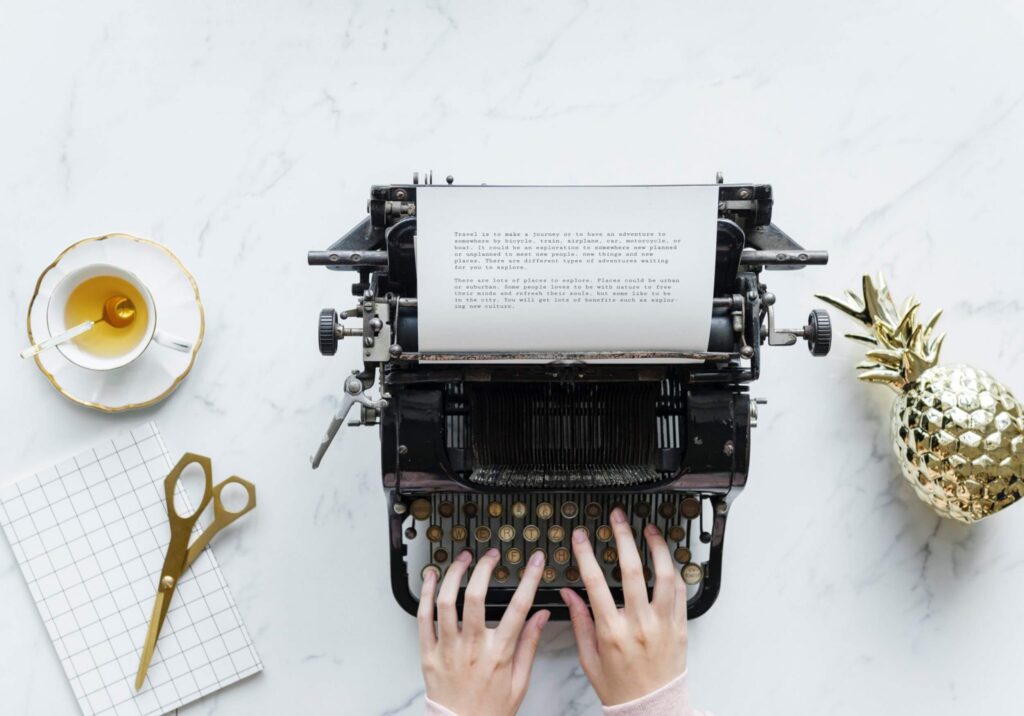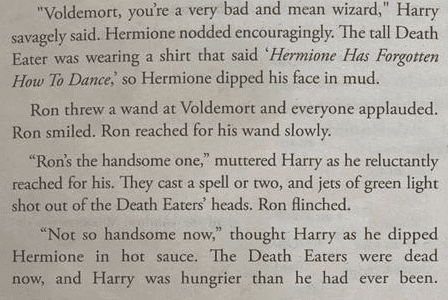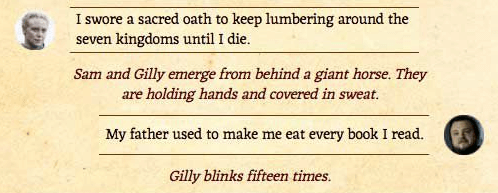
“It was nine seventeen in the morning, and the house was heavy.” Writer Ross Goodwin calls it “a beautiful line” in the classic American travel novel he tried to write, or rather the way he wanted the AI to write. Yes, that’s right. Artificial intelligence isn’t just customer service chats or eerie chatty robots anymore, they’re artists. How do you program AI on artistic media? AI analyzes text, images, and sounds the same way it does numerical values, with algorithms. Detailed algorithms instruct AI to look for patterns and react as during its learning process. The inherent value of AI is apparent with extremely large data sets because it offers faster, more accurate analysis than humans. Hopeful experts continue to explore different applications and data sets, including creative fields.
Move over marketing?
AI models are on the path to transform marketing as we know it. A typical AI model tracks consumer behavior online to predict and assist user flow. Now, companies have started to use AI as part of the marketing team to write ads. Burger King released commercials intended to mock AI content. A computerized voice tells you “chicken is the new potato” and “we are not sorry, the potato deserved it” over footage of Burger King’s chicken fries. Burger King marketing attests that AI is not capable of replacing human creativity, but that’s a very limited view of AI. AI is there to help us better understand, not replace our efforts completely. We’ve seen some weird, short-sighted, and just plain awful ads from people, so is AI mishaps might not be so far off. Perhaps those who aren’t optimistic about AI creative attempts aren’t thinking outside the box. AI produced content is, in its strangeness, entertaining and engaging (something not all people are capable of achieving). We can’t predict how AI might change marketing, just that it definitely will.
Of course there are still limitations on AI capability as of today. For the time being, AI is simply doing what marketing teams do on a regular basis by analyzing past campaigns and content to determine successful patterns. Who’s to say there’s a distinct difference between AI and human content.
This AI directed car commercial doesn’t seem so strange compared to some human produced ones, and it didn’t kill human creativity. Remember, experts aren’t testing AI to stifle creativity, they’re simply trying to aid our understanding of data sets in different ways.
Taking over the arts
In 2017, an AI model wrote 2 sci-fi movies “Sunspring” and “It’s No Game” that was brought to life by human actors. And in 2018, the same humans (appropriately comprised of AI expert Ross Goodwin and movie director Oscar Sharp) who brought us “Sunspring” gave life to another AI movie. The self-named AI ‘Benjamin’ wrote, directed, and scored the short film “Zone Out”. Unlike “Sunspring” which used real human actors, “Zone Out” consisted of edited movie footage, a robot voice, and face-swapping technology. But this seems to replace human efforts and it doesn’t produce human-like content, what’s the value in that? The value comes down to the data. Movie studios analyze data all the time, like comparing box office sales and investments to plots and actors. AI will actually help the movie industry by alleviating time-consuming work like screening and editing scripts. The data analysis would help studios distinguish more tried-and-true formulas that sell or advise writers to streamline scripts and ideas for the screen. We still need continuous human data to guide AI, or else we’re just limiting the technology.
AI can help creators refine, build, and even act more efficiently, saving time, money, and resources that can be used for other efforts. An AI model read all Harry Potter books and write its own, which needs some work, but otherwise is coherent.
AI won’t replace Data Visualization
It’s unlikely AI can replace humanity’s creativity (or anything else) completely. AI is a tool for humans to improve our content and other technology, not replace our contributions. You might think data visualization will be obsolete if AI succeeds because AI can handle more data that any one human. But we aren’t exempt from data analysis just because some software does the thinking for us. No matter how precise AI models are, it means nothing if we can’t the data. Finding the symbiotic balance between AI and data visualization is just the beginning. Experts warn that AI can be very dangerous if we don’t approach it the right way. So in the face of the potential consequences to our way of life, we crack down on the data. This means we absolutely have to make sure we understand data at all stages.


